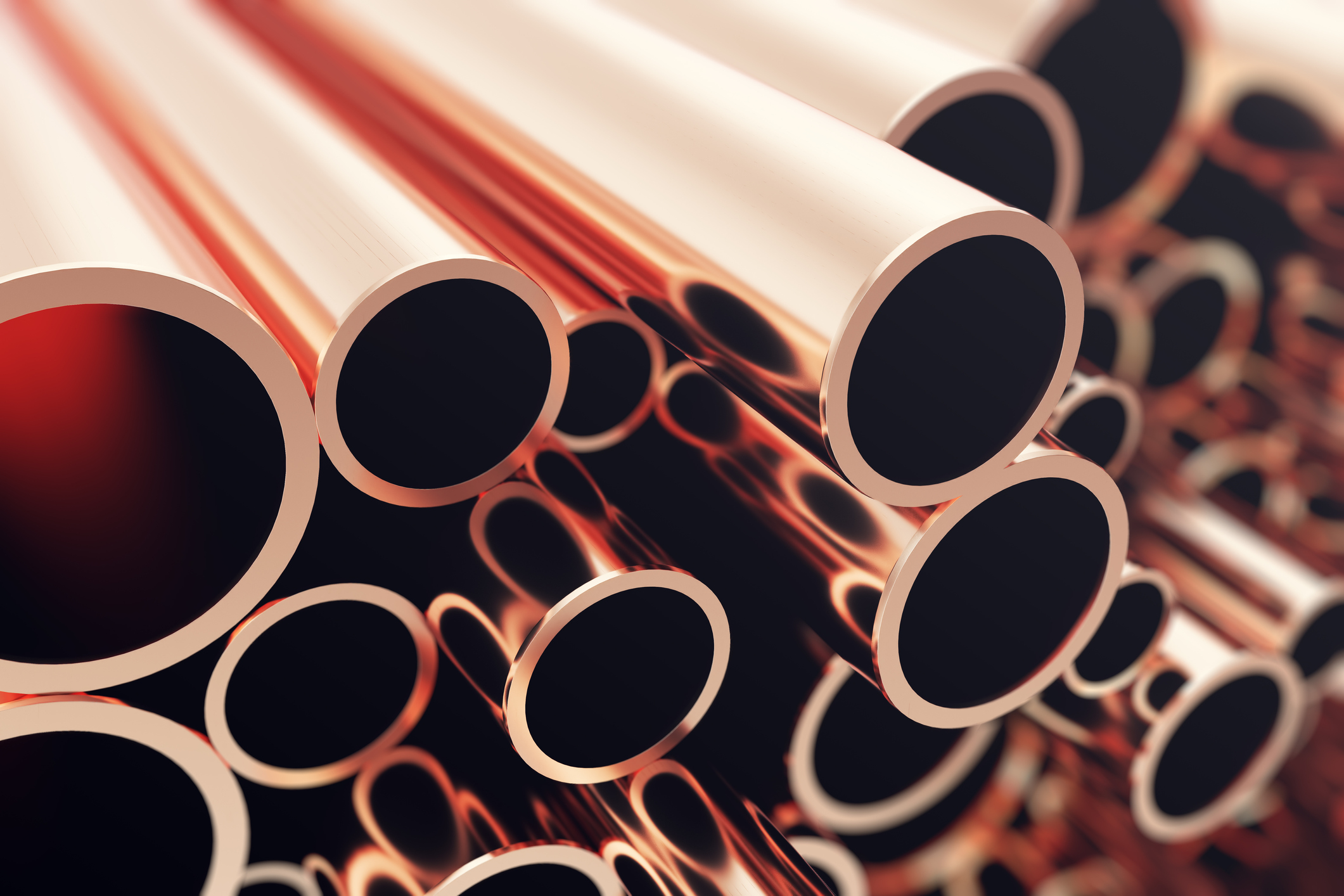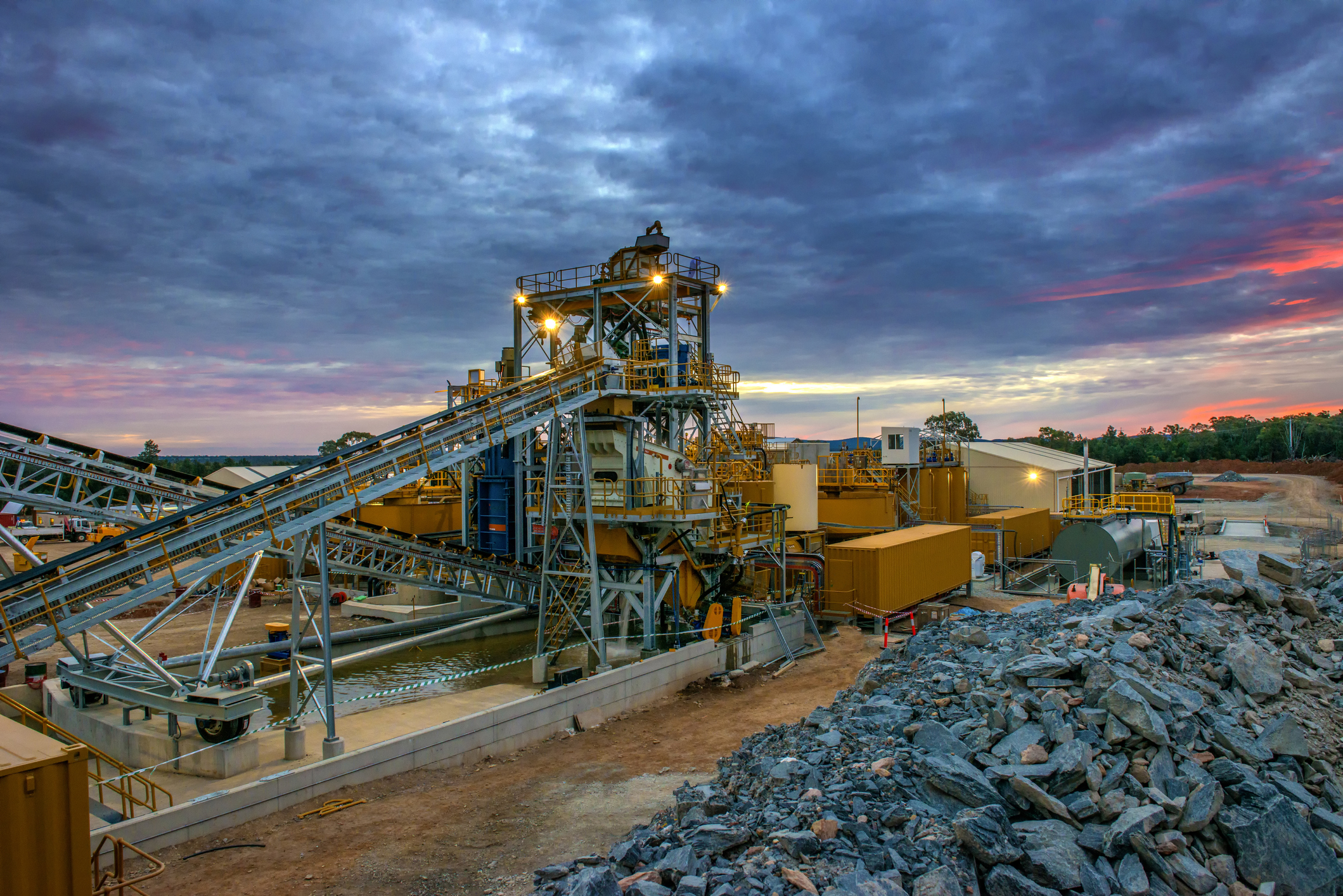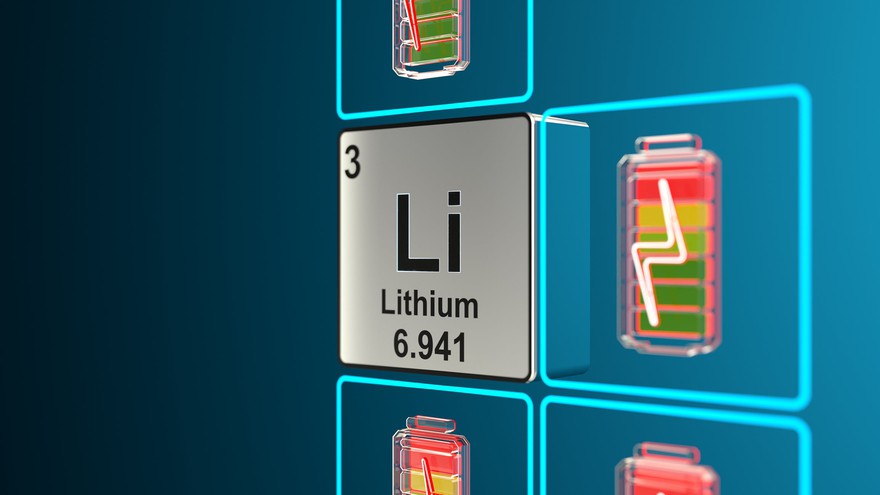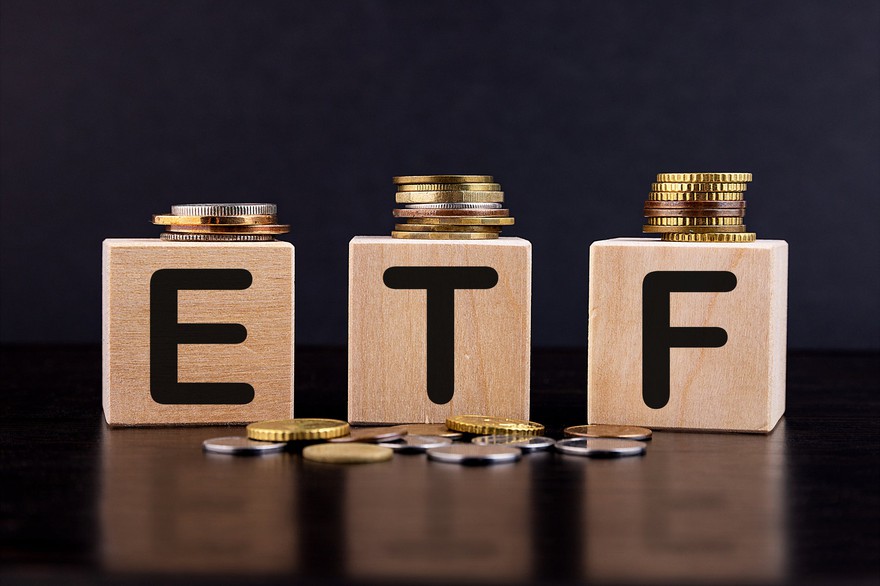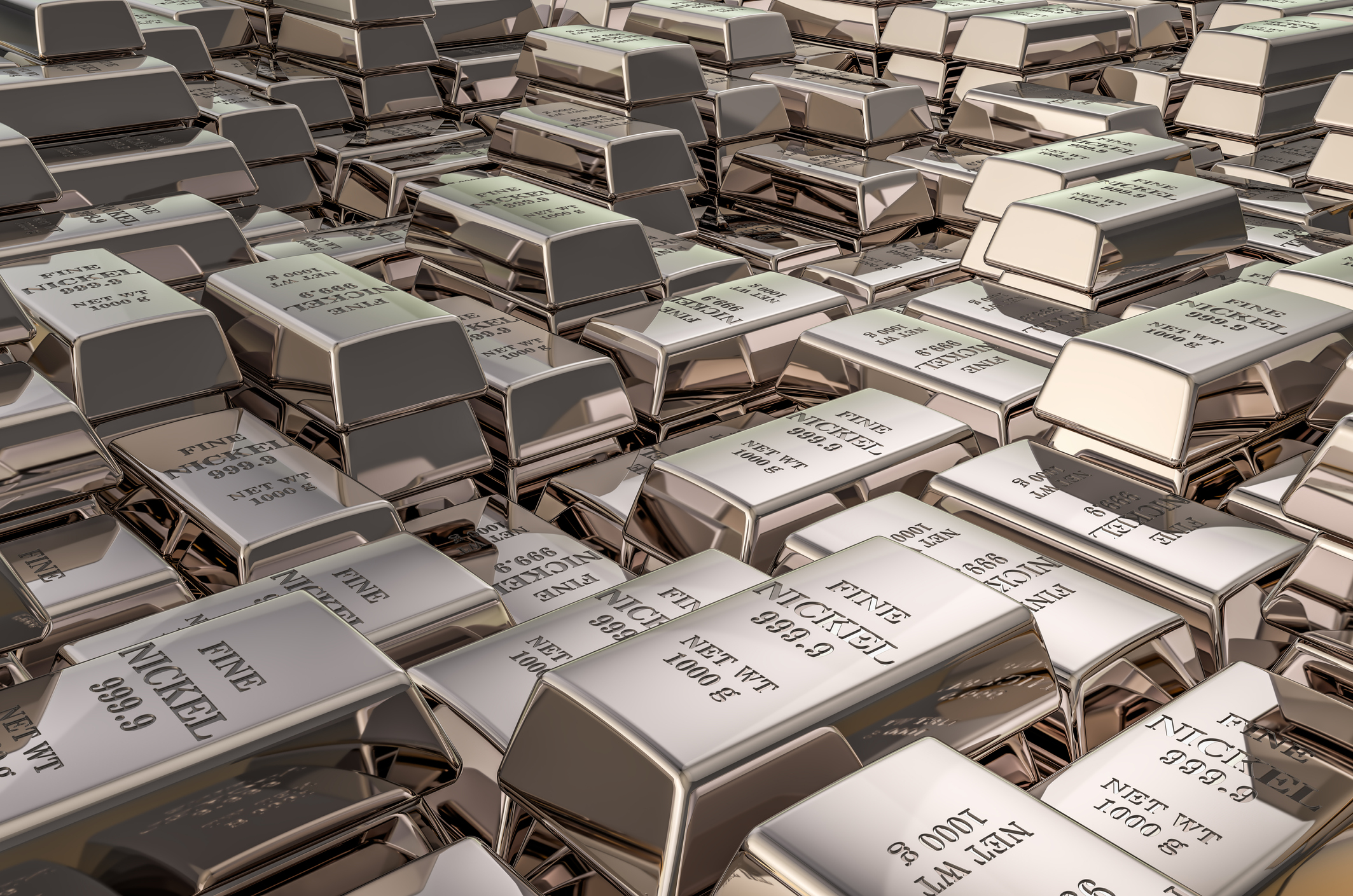Metals ETFs are funds focused on investing in metals, such as mining companies or physical metals. These materials are crucial to our economy. Industrial base metals, such as copper, iron ore, and aluminum, are essential building blocks for infrastructure, buildings, appliances, vehicles, and other equipment. Many metals are also becoming vital for lower-carbon energy. Meanwhile, precious metals like gold and silver have industrial uses and are important for investors. These demand drivers should help boost metals prices in the future.
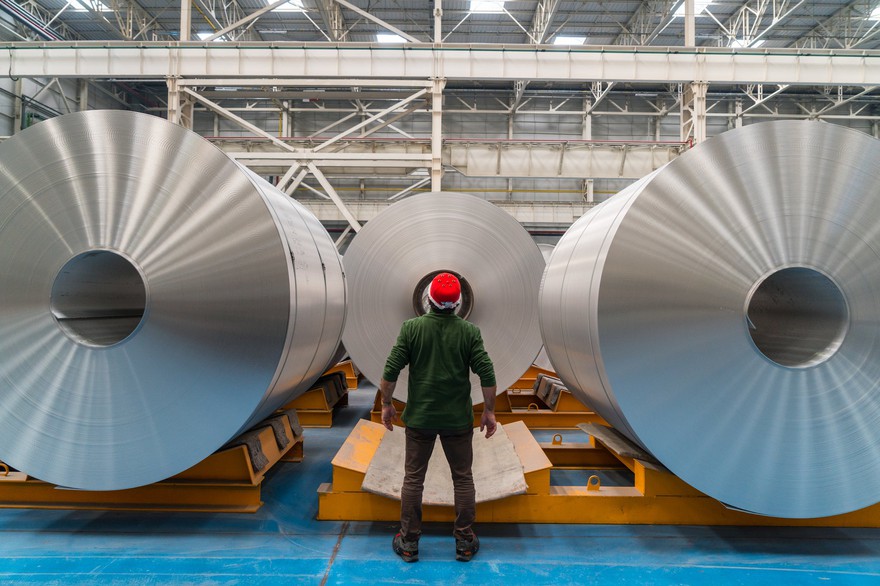
Investors have several metals and metal-related investment opportunities that could help them profit from rising metals demand and prices. Of those options, exchange-traded funds (ETFs) offer an easy way to broadly invest in the metals sector. Here's a closer look at some of the leading metals-focused ETFs.
Exchange-Traded Fund (ETF)
Types of metal ETFs
There are a few types of metals ETFs that investors need to know before investing in the sector:
- Precious Metals ETFs: These funds focus on investing in precious metals, including gold, silver, platinum, and palladium. Some funds hold a specific precious metal in vaults, while others invest in companies focused on mining precious metals.
- Industrial Metals ETFs: These ETFs invest in mining stocks focused on industrial metals like iron ore, copper, and aluminum. Additionally, some industrial metals ETFs invest in futures contracts.
- Strategic and Rare Earth Metals ETFs: These funds focus on investing in strategic metals, such as lithium and rare earth metals, which are crucial to the technology, defense, and electric vehicle industries.
Four top metals ETFs in 2025
There are lots of ETFs focused on the metals and mining sector. Several ETFs focus on precious metals, including gold ETFs and silver ETFs. They provide investors with broad exposure to the precious metals mining sector or a specific precious metal.
Likewise, several ETFs concentrate on leading industrial base metals, such as aluminum, iron ore, and copper. Meanwhile, others focus on emerging strategic metals such as lithium.
As a result, investors have lots of options. Here are some of the top ETFs focused on nonprecious metals (industrial metals and strategic and rare earth metals) to consider adding to your portfolio:
Metals ETF | Ticker Symbol | Assets Under Management | ETF Description |
|---|---|---|---|
SPDR S&P Metals & Mining ETF | $2.9 billion | An ETF focused on U.S. metals and mining stocks. | |
iShares MSCI Global Metals & Mining Producers ETF | $846.6 million | An ETF focused on global metals and mining stocks. | |
VanEck Rare Earth and Strategic Metals ETF | $1.3 billion | An ETF focused on rare earth stocks. | |
Invesco DB Base Metals Fund | $143.4 million | An ETF focused on metal futures contracts. |
1. SPDR S&P Metals & Mining ETF

NYSEMKT: XME
Key Data Points
The SPDR S&P Metals & Mining ETF seeks to provide investors with exposure to metals and mining stocks in the S&P Total Market Index. It holds shares of mining companies in the following subsectors of the metals and mining sector: aluminum, coal and consumable fuels, copper, diversified metals and mining, gold, precious metals and minerals, silver, and steel. The ETF had roughly 30 holdings in late 2025, led by the following five:
- Centrus Energy (NYSEMKT:LUE): 6.6% of the fund's holdings
- Peabody Energy (BTU -1.35%): 5.2%
- Steel Dynamics (STLD -1.03%): 5.1%
- Alcoa (AA -0.04%): 5.1%
- Warrior Met Coal (HCC -0.04%): 4.9%
The ETF uses an equal-weight strategy, which provides investors with targeted exposure to the entire U.S. metals and mining sectors, including precious metals. It charges a relatively low ETF expense ratio of 0.35%. The ETF is ideal for people seeking an investment focused on the U.S. metals sector.
2. iShares MSCI Global Metals & Mining Producers ETF

NYSEMKT: PICK
Key Data Points
3. VanEck Rare Earth/Strategic Metals ETF

NYSEMKT: REMX
Key Data Points

NYSEMKT: DBB
Key Data Points
The Invesco DB Base Metals Fund enables investors to invest in commodity futures in a convenient and cost-effective way. The fund focuses on some of the most liquid and widely used base metals, such as aluminum, zinc, and copper. As of late 2025, the fund's holdings were:
- Copper futures: 38% of net assets.
- Aluminum futures: 36.9%.
- Zinc futures: 36.1%.
The ETF uses leverage and collateralizes futures contracts with U.S. Treasury bills and other Invesco products built around government debt.
The fund is somewhat speculative since futures contracts can be very volatile. It charges investors a modest expense ratio of 0.79%. The ETF is best for sophisticated investors who want to make a short-term trade on the thesis that base metals prices will rise sharply in the near term.
Related investing topics
The pros and cons of metals ETFs
Investing in metals and metals ETFs isn't for everyone. The sector has several pros, including:
- Rising demand: Growing metals demand tends to drive up prices over the long term. That provides investors with the opportunity to make money on the metals market.
- Inflation hedge: Metals can also be a good way to hedge against inflation since their price should keep pace with or exceed the inflation rate.
- Passive investment: Investing in metals ETFs enables investors to broadly invest in the thesis that metals prices will rise without having to pick individual stocks.
However, metals ETFs have drawbacks, including:
- Volatility: Prices can be volatile, especially during an economic downturn.
- Not a perfect hedge: Metals stocks and ETFs often aren't a perfect hedge against inflation.
- Potential for underperformance: The top metals stocks could deliver higher returns than a metals ETF.
Given those risks, investors need to carefully consider whether investing in a metals ETF is right for their situation.
Factors to consider before investing in metal ETFs
Before buying a metals ETF, investors should evaluate the following factors:
- Investment Focus: You need to determine what type of metal you want to invest in (e.g., a specific precious metal or industrial metals). Additionally, you need to decide whether you want to invest as directly in the metal as possible (physical bars or futures contracts) or through mining stocks.
- Cost: You need to decide if the ETF's expense ratio is worth the cost.













